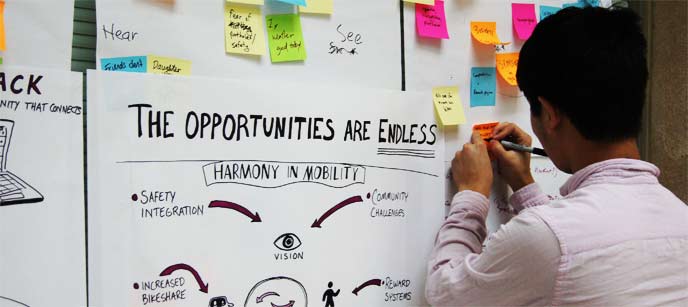1. What is sustainable/impact design?
Sustainable/impact design is rooted in the belief that design is an important tool for making a social or environmental change. Design refers to everything from engineering, industrial and digital design, and architecture to the creation of systems and experiences. Impact Design can be a process, profession, or outcome.
A career in sustainable/impact design could include joining an established firm, bringing a design lens to a traditional social organization, founding your own, and more.
2. What are examples?
Product Design : Safe light
In a class on Designing for Extreme Affordability, a computer science and biology student envisioned and prototyped an off-grid solar lamp and today 50 million people have used it.
Built Design: Floating homes for urban overpopulation
The Makako slum in Lagos, Nigeria (one of the most populated countries) is full and spilling into the river. A Nigerian architect is pioneering floating buildings to solve the issues of flooding and land occupation.
Experience Design : Affordable education in Peru
An interdisciplinary team designed a school system from the ground up for Peru’s underserved youth in a country that ranks 65th in education. The school features quality education, strategic financials, and beautiful spaces.
Systems Design : Circular economy
Several organizations and foundations are looking at global plastic packaging flows as a full lifecycle– from product design to recycling business models.

3. Who is involved in Sustainable/Impact design?
Many established design companies are adding studios focused on impact – including IDEO.org and the Autodesk Foundation.
Traditional impact machines, from the public, corporate, and NGO sectors, are creating design practices – including Dalberg Design Impact and UNICEF Innovation.
Many new nonprofits have launched in the last decade providing impact design consulting – like Catapult and CauseLabs – or focusing on a design as their key theory of change – like DRev and Design that Matters.


